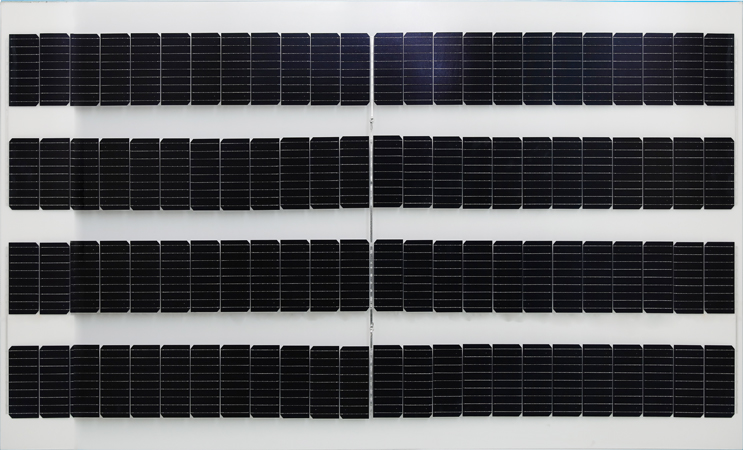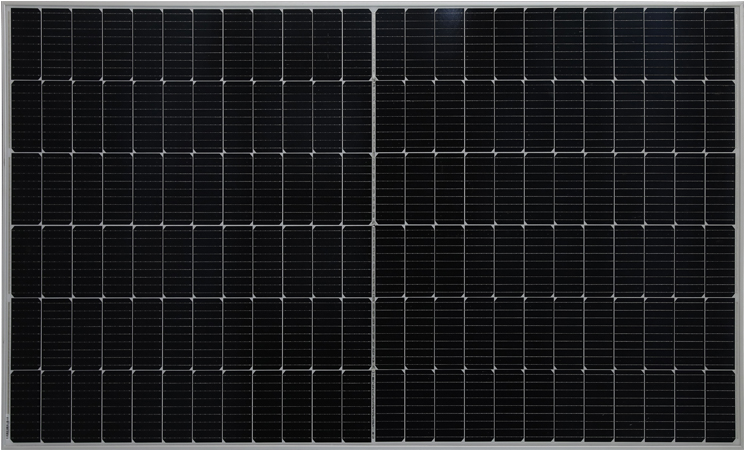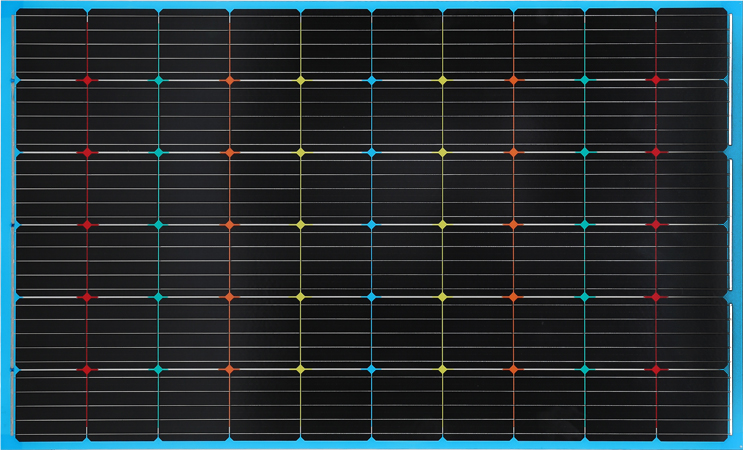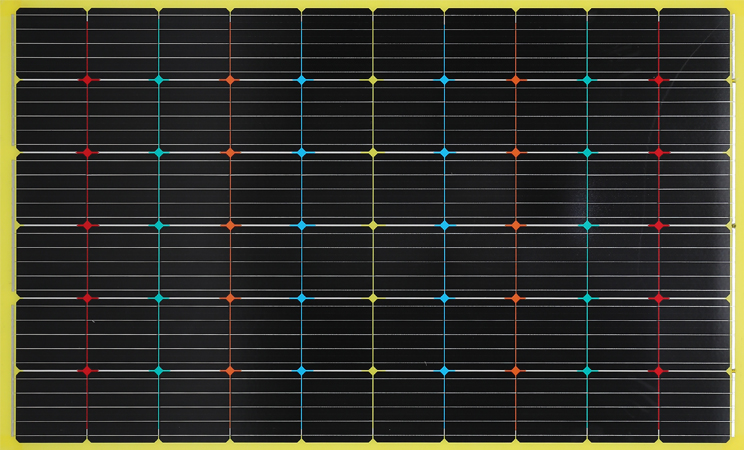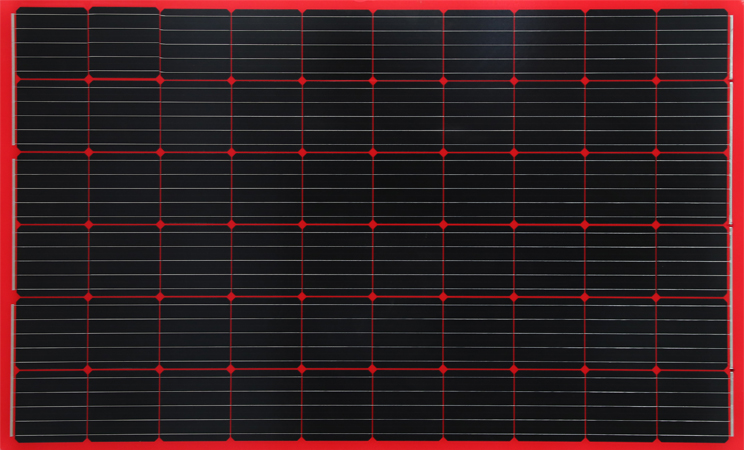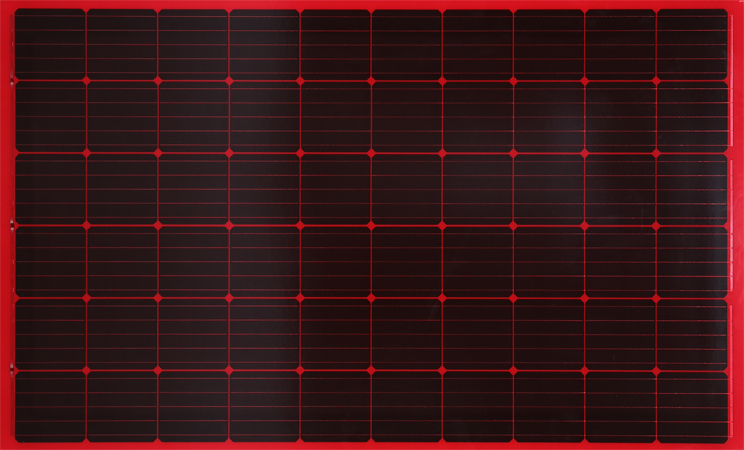BIPV solar panels are building envelope components designed to integrate seamlessly with architecture, eliminating the need for separate PV modules while simultaneously improving aesthetics. Integrating PV into building materials provides architects and designers with many design possibilities for creating semi-transparent arrays of crystalline cells that allow daylight in while producing electricity at nighttime - these BIPV systems can either be integrated into new buildings or used as renewable energy renovation projects in existing structures.
Building-integrated photovoltaics (BIPVs) integrate solar power directly into building envelopes to reduce their reliance on grid energy production while acting as an efficient thermal barrier against heat loss and air infiltration. BIPV integration has grown increasingly popular over time, particularly among tall buildings that consume significant energy consumption - especially those using more than 50% renewable sources of power such as wind or solar.
BIPV systems, integrated into building envelopes, consist of PV solar panels and an inverter to convert DC power from solar cells into AC power; depending on the system design, additional components like battery storage systems for off-grid use may also be present. Aside from these essential elements, installation requires a structural subsystem capable of supporting their weight while permitting proper drainage.
The design of a BIPV system depends on a range of environmental and structural considerations, including its location and latitude, the presence of trees or other objects that could block sunlight, as well as maintenance requirements. Solar radiation intensity as well as cloudy/precipitation conditions also affect its effectiveness.
BIPV solutions have quickly become a favorite among building owners who prefer more design flexibility and aesthetic appeal from their solar solutions than those provided by standalone PV solutions. When integrated into the roofing system of a building, BIPVs provide more design freedom while replacing conventional shingles or roof finishes - they may even replace other parts of its cladding like windows and facades!
Solar roof shingles and tiles have become one of the most sought-after options for residential applications of BIPV, often replacing or blending in seamlessly with traditional roofing materials such as traditional asphalt shingles or tiles. A PV-integrated shingle has the same appearance as its counterpart and can easily be installed by roofing contractors or homeowners themselves.
Other forms of BIPV technology include solar cladding and PV glass. PV cladding is often employed to replace or supplement standard drywall, siding, and trim installations while PV glass is commonly utilized in curtain walls and glazing systems to reduce material requirements for building envelope construction. While home adoption of BIPV remains relatively slow compared to that of electric vehicles, experts anticipate its adoption will follow a similar growth curve over time as more companies enter the market, product quality improves and costs decrease.
